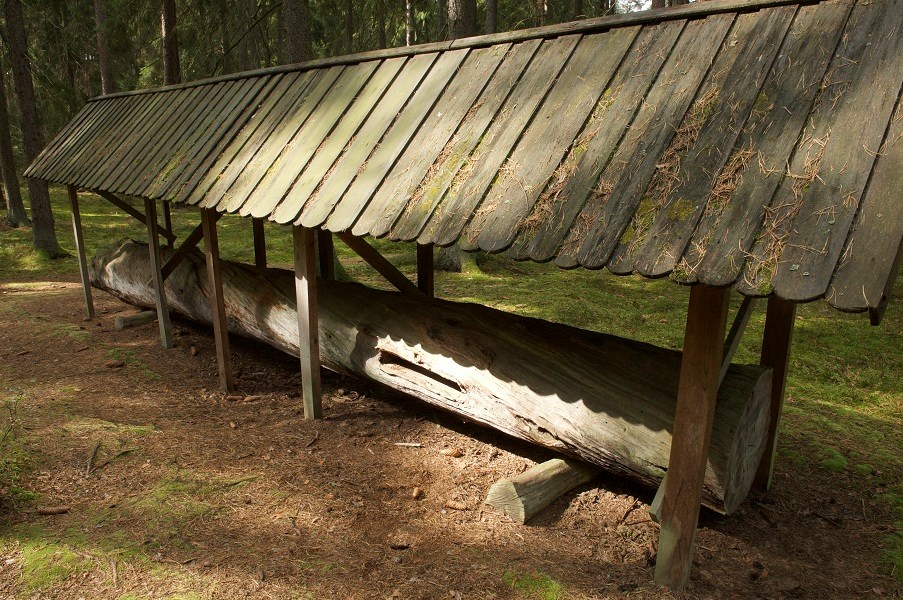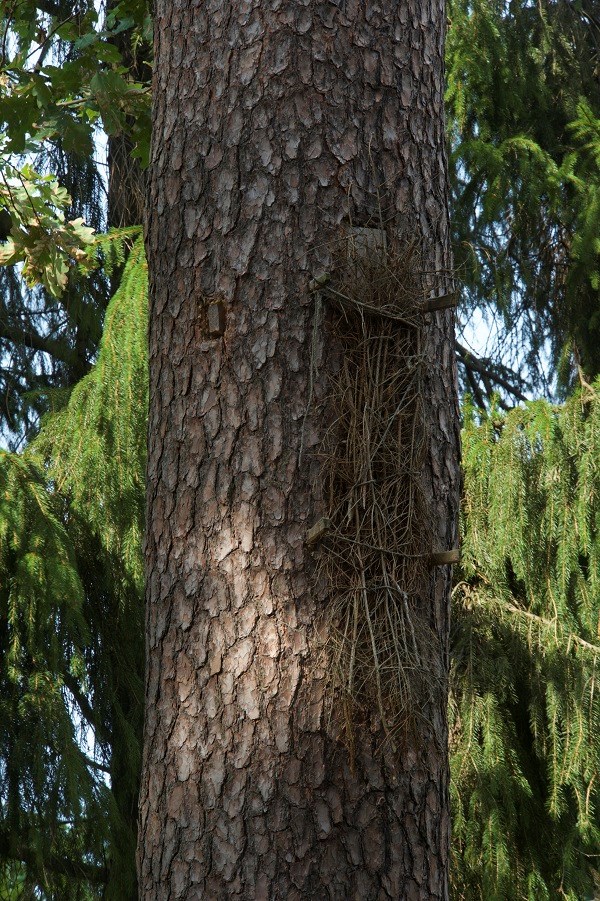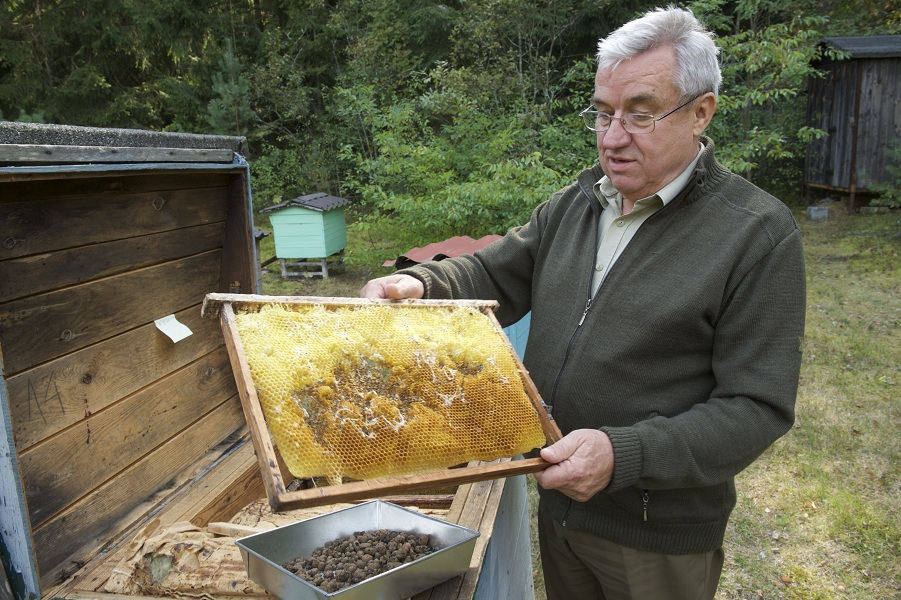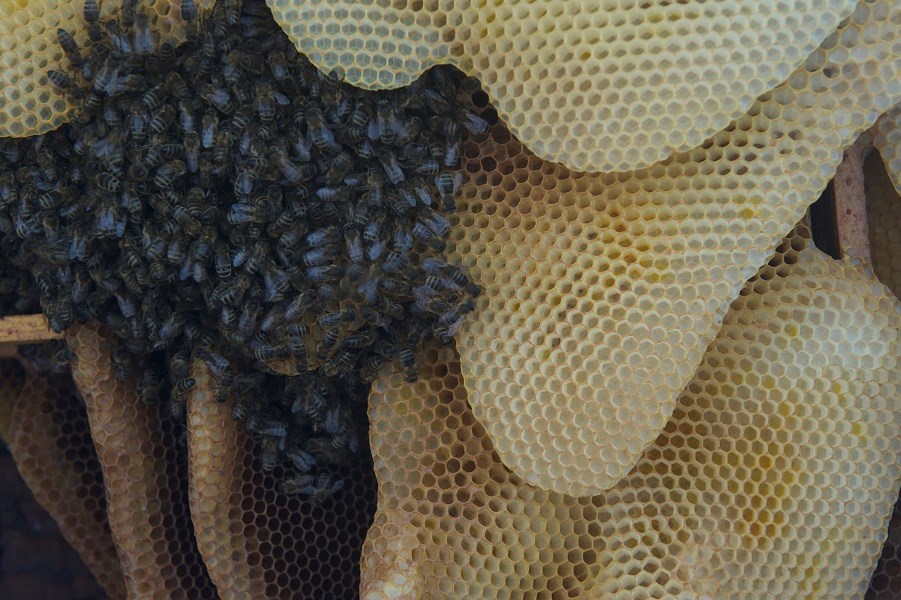Kurpian honey is a multiflora nectar honey with occasional addition of honeydew. Its colour ranges from very light yellow to brown with greenish reflexes. It is characterized by an intensive aroma with a distinctive spice scent and a delicate sweet taste. This product is protected with a geographic symbol, a certificate granted by the European Commission within the European System of Regional Products Protection. Kurpian honey can only be called so if it is produced in a specific area, has a special quality and reputation, and is a product characteristic for the given region. Kurpian honey is obtained in a region historically and ethnographically known as Kurpie. To be its producer, a beekeeper must own an apiary in a strictly specified area, obtain a certificate and ensure that the honey contains 90% of wild plants, which is certified by the Institute of Apiculture.
Before honey from household bee yards appeared, people used to harvest honey produced by wild bees in the woods. This activity was conducted by beekeepers, who took care of beehives located in, first natural, and then man-made wild apiaries. Since forests occupied vast areas of the Puszcza Zielona and Puszcza Biała regions, beekeeping, along with hunting, tar and iron production, and collecting, was an essential activity in Kurpie. In the past, almost every Kurp was both a beekeeper and a hunter.
With time, wild forest honey began to be an exportable good and Poland was a leader in its production. That taste is not to be found any more, however, despite attempts made to restore this profession in Poland. Nevertheless, as beekeeping traditions dating back to the 15th century are deeply rooted, the memory about the precursors of this trade is still kept alive by the Kurpian society. Suffice it to mention an annual performance called “Kurpian beekeeping customs” shown during the Honey Harvests in Myszyniec.
A beekeeping past (many Kurps have beekeepers as ancestors) still makes this profession popular. Ancient beehives carved out in tree trunks (ule kłodowe) and apiary tools may be seen in, for example, Kurpian and Mazovian museums: A Kurpian Household in Kadzidło (Zagroda Kurpiowska w Kadzidle), in the National Museum of Ethnography in Warsaw, and in the Adam Chętnik open air museum in Nowogród, Podlasie voivodeship.
Historical beehives can be admired in their natural surroundings in the Czarnia Preserve. A guide and a caretaker is a gamekeeper Grzegorz Ślązak, an expert in forestry and wildlife protection and a Deputy Chief Forester in the Myszyniec Forest Inspectorate. Grzegorz Ślązak knows almost everything about wild beehives and their history in The Kurpie Forest. He also has his own views on the functioning and the decline of beekeeping.
He himself comes from a family rich in the beekeeping traditions and now is one of the Kurpian honey producer. He is also a man of the most thorough knowledge in this area. His beehives are located near the Myszyniecki Forest and the honey has this characteristic intensive aroma with notes of spice, and a delicately sweet taste.











